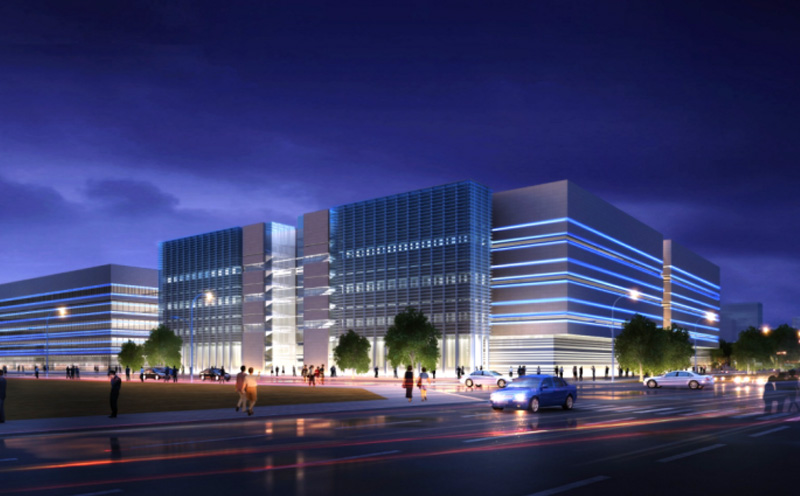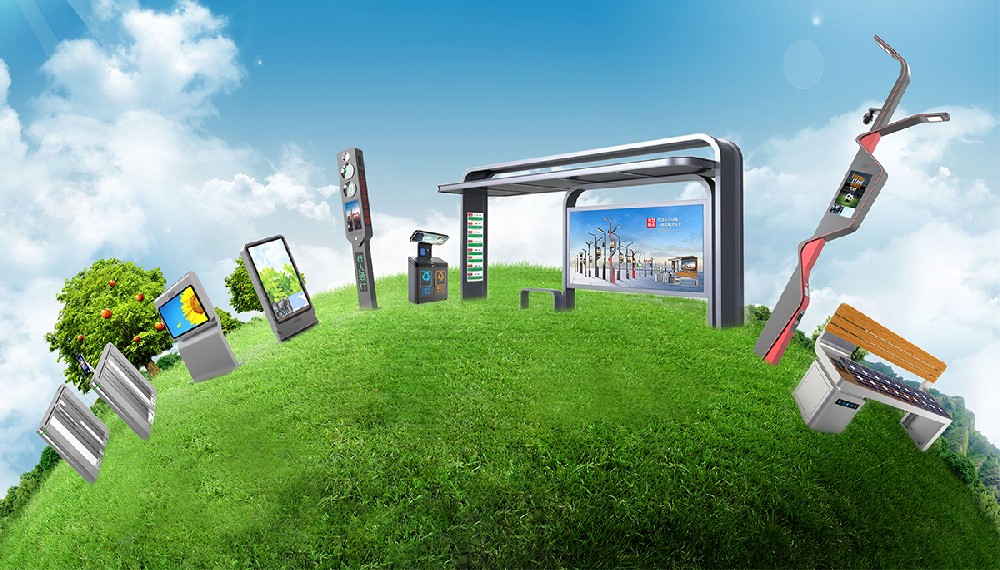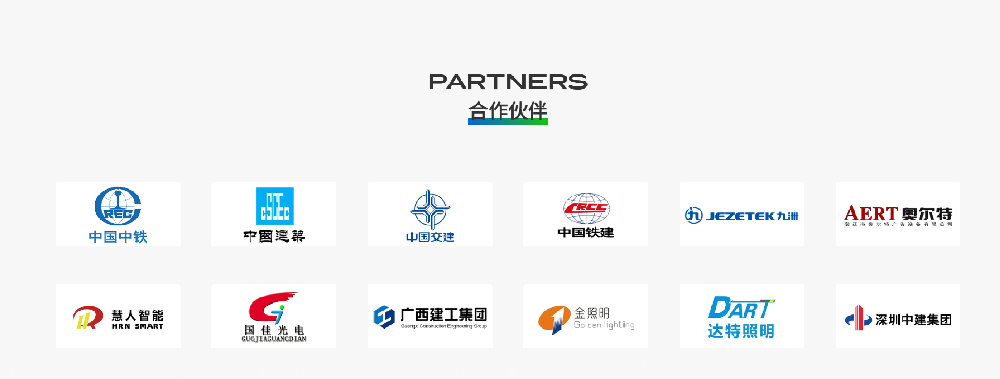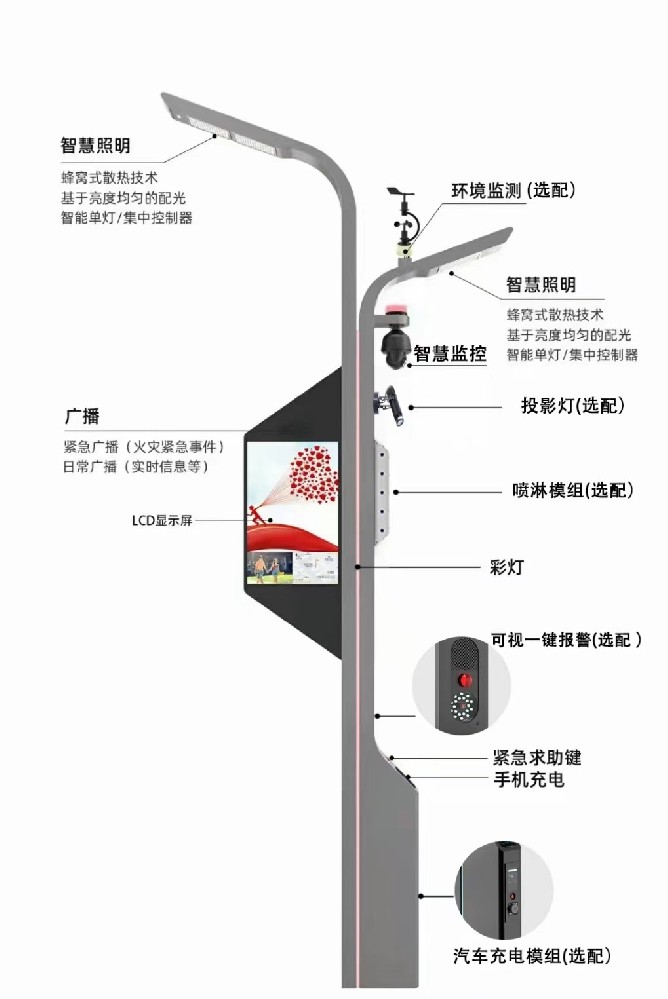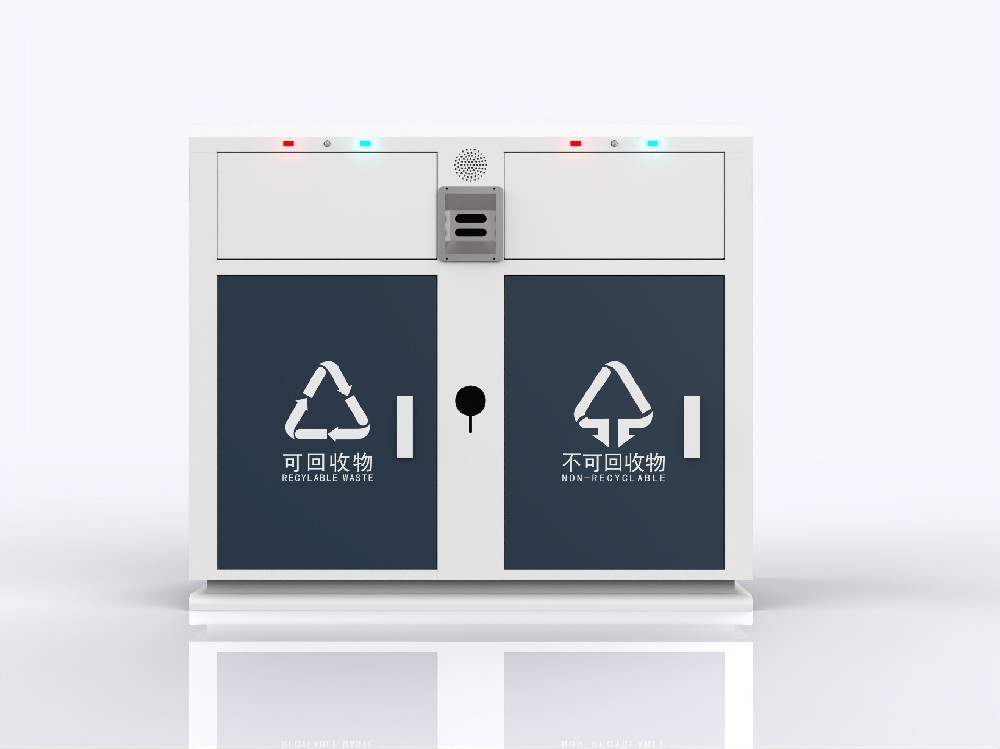Smart street lights, as the core infrastructure of smart city construction, are gradually replacing traditional street lights. However, many users still have many questions regarding technical principles, implementation costs, and operational management. This article summarizes high-frequency issues and combines industry practical experience to provide in-depth answers to the "technical blind spots" and "implementation difficulties" of smart street lights.
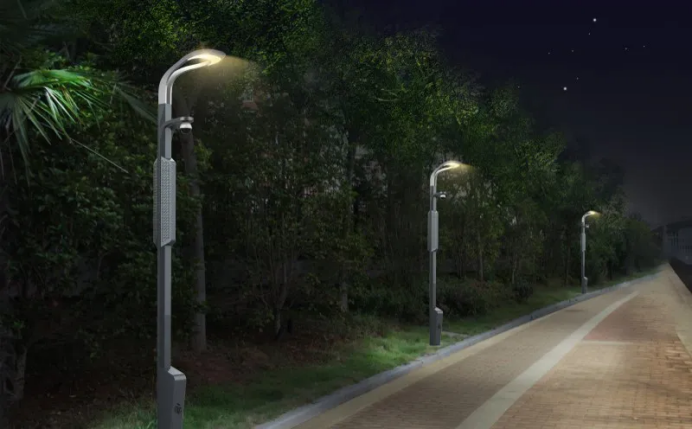
1、 Basic conceptual problems
What is the difference between smart street lights and traditional street lights?
Smart street lights can achieve the following functional upgrades by integrating IoT sensors, AI controllers, communication modules, and other devices:
Intelligent dimming: automatically adjust brightness based on ambient light and pedestrian traffic flow;
Remote management: supports one click control and fault warning on the platform side;
Multi functional extension: It can be equipped with modules such as cameras, environmental monitoring, charging stations, etc.
What are the core technologies of smart street lights?
IoT communication: Low power wide area network technologies such as NB IoT and LoRa;
Edge computing: localize data processing to reduce cloud load;
AI algorithms: scenario based applications such as crowd recognition and energy consumption prediction.
2、 Cost and implementation related issues
Is the cost of renovating smart street lights high?
Initial investment: The cost of single pole renovation is about 1.5-2 times that of traditional street lamps (including sensors and communication modules);
Long term benefits: By reducing energy consumption (averaging over 60%) and improving operational efficiency, costs can usually be recovered within 3-5 years.
Can smart streetlights be upgraded in old urban areas?
A phased renovation strategy can be adopted:
Prioritize replacing the main road lights and retaining the original power supply lines;
Reuse lamp post resources through the "one pole, multiple loads" design to reduce civil engineering costs.
3、 Operations and security related issues
How can smart street lights cope with extreme weather?
Hardware protection: IP65 or above protection level, capable of withstanding temperatures ranging from -30 ℃ to 70 ℃;
Intelligent strategy: In rainstorm/windy weather, the lamp post height will be lowered automatically to prevent toppling.
How can data privacy be protected?
Local encryption: video and environment data are uploaded after being desensitized by edge computing;
Permission classification: Municipal departments, operation and maintenance providers, and the public are assigned data access permissions as needed.
4、 Policy and Trend related Issues
Does the government provide subsidies for the construction of smart street lights?
Starting from 2023, many regions will introduce special subsidy policies:
Eastern region: 30% of the total investment for the highest subsidy project;
Central and Western regions: included in the "new infrastructure" project library, with priority given to providing low interest loans.
How will smart streetlights develop in the future?
Energy self-sufficiency: integrating photovoltaic panels and energy storage batteries to achieve off grid power supply;
Vehicle road collaboration: providing high-precision positioning and road condition reporting for autonomous vehicles.
-The popularization of smart street lights is a necessary path in the process of urban digitization. Through the answers in this article, we hope to help you clear your doubts and quickly plan a practical solution.
If you need more technical details, case reports, or customized renovation consultation, please click to contact us to fill in your requirements. Our experts will provide professional advice within 1 hour.
